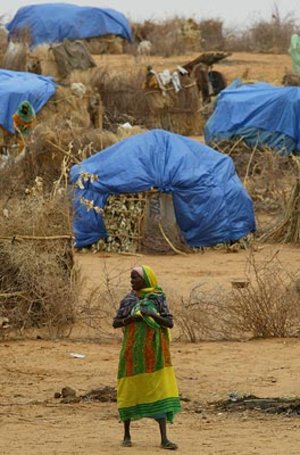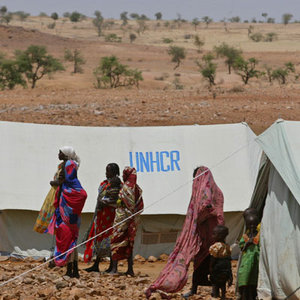ESA's Epidemio and Respond assist during Angolan Marburg outbreak
World Health Organisation personnel combating an Angolan outbreak of the lethal Marburg virus used high-resolution satellite-based urban maps provided through a pair of ESA-led activities.
The Marburg virus causes Ebola-like internal bleeding in humans, with an incubation period of between five and nine days. A Marburg outbreak was detected in Angola's Luanda city at the start of April. It has since taken the lives of more than 255 victims, many of them children under five.

To help local World Health Organisation (WHO) teams fight the epidemic, updated maps of Angolan cities based on 2.5-metre resolution SPOT 5 imagery along with metric IKONOS images were prepared. The maps have been used to orientate field workers, plan activities and integrate information on the spread of cases.
"This product will be of great help to our organisation with the recent outbreak of Marburg virus," said Johan Lemarchand of WHO. Latest reports indicate the virus is now under control.
The urban maps were provided through the ESA-led activities Epidemio and Respond. The first is a Data User Element project to supply satellite data and products to epidemiologists exploring links between the environment and disease.
Respond is a consortium dedicated to supplying satellite-based geo-information products direct to humanitarian users in the field, with partners including UNOSAT, an in-sector service provider within the United Nations community as well as the German Aerospace Centre (DLR).
Respond has been established as part of the pilot services of Global Monitoring for Environment and Security (GMES), a joint initiative between ESA and the European Union to build a global monitoring capability in support of Europe's environmental and sustainable development goals.

On behalf of Respond, UNOSAT in collaboration with the United Nations High Commission for Refugees (UNHCR) and with DLR provided WHO with a map of the city of Cabinda, UNOSAT also providing a map of Uige, capital of the province at the epicentre of the epidemic. At the same time, Epidemio partner company C-CORE has supplied a map of the Angolan capital Luanda.
Both UNOSAT and C-CORE stayed in close contact with WHO, organising a makeshift partnership to ensure reliable and timely support for both activities.















 Germany
Germany
 Austria
Austria
 Belgium
Belgium
 Denmark
Denmark
 Spain
Spain
 Estonia
Estonia
 Finland
Finland
 France
France
 Greece
Greece
 Hungary
Hungary
 Ireland
Ireland
 Italy
Italy
 Luxembourg
Luxembourg
 Norway
Norway
 The Netherlands
The Netherlands
 Poland
Poland
 Portugal
Portugal
 Czechia
Czechia
 Romania
Romania
 United Kingdom
United Kingdom
 Slovenia
Slovenia
 Sweden
Sweden
 Switzerland
Switzerland





























